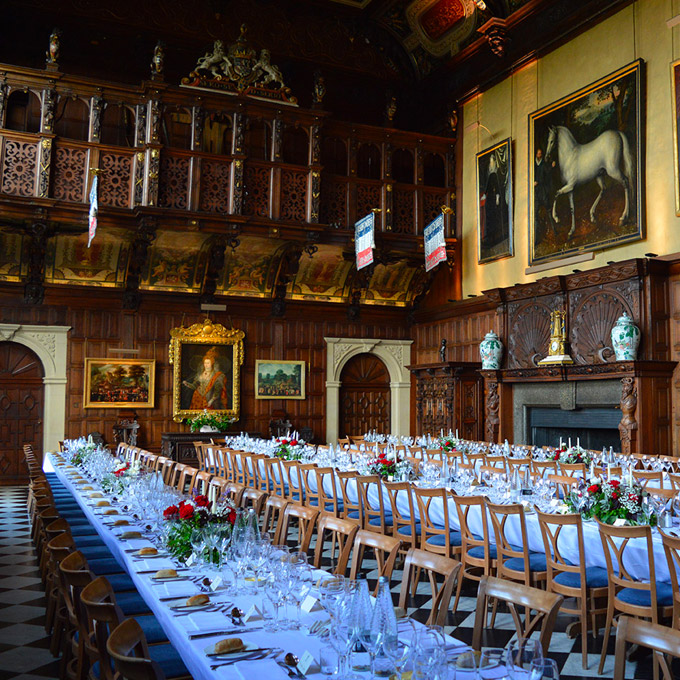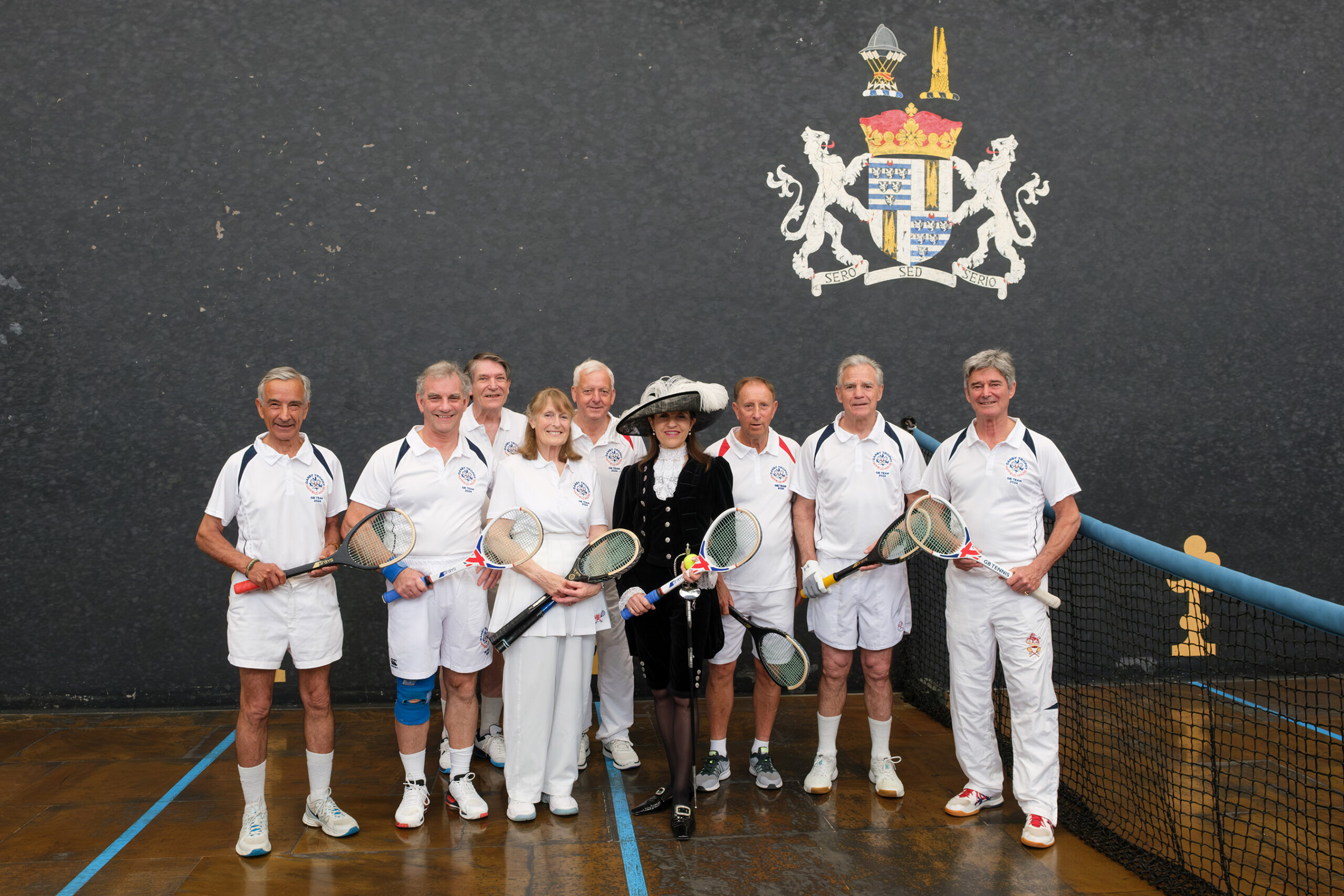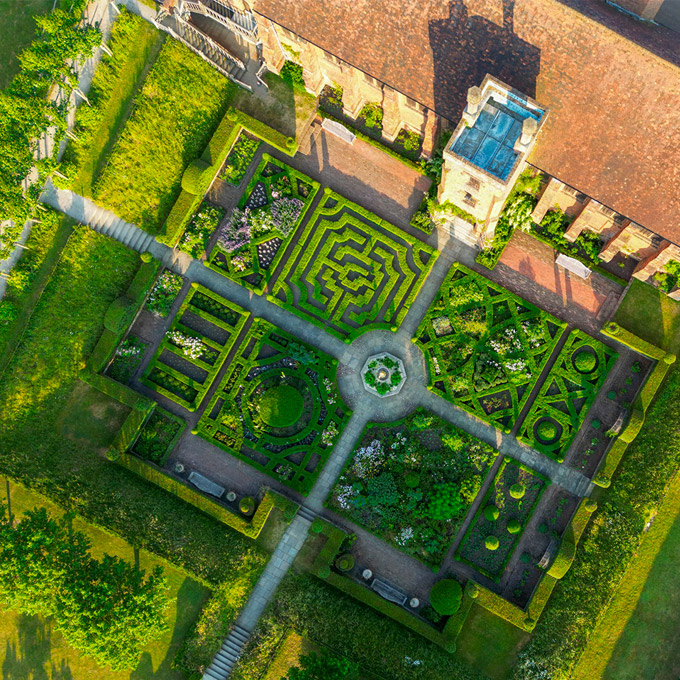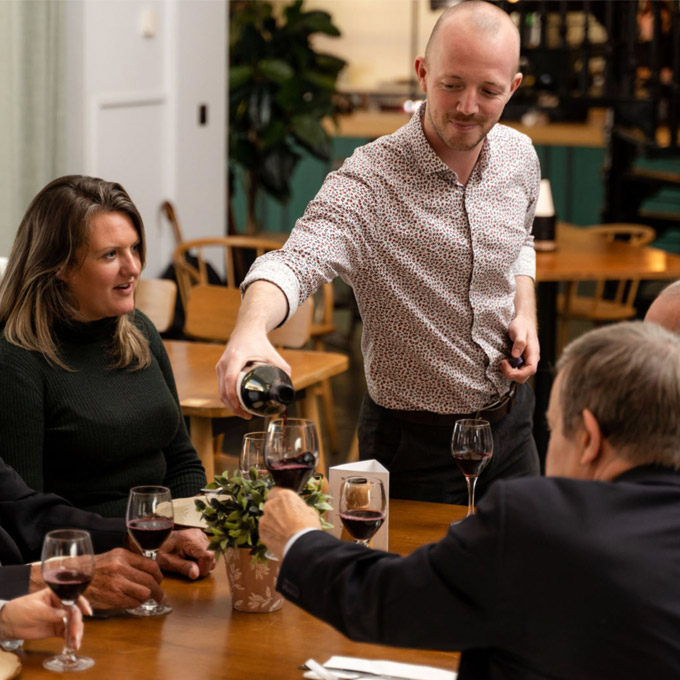On occasion, some of the private rooms within the House can be reserved for hosting the most special events, luncheons, fine dining, recitals or soirees.
The Marble Hall
Taking its name from the chequered black and white marble floor, the Marble Hall remains much as it was built in 1611, and was the room where guests were entertained with lavish banquets, dances and masques. Robert Cecil’s coat of arms is carved at the centre of the Gallery with the family motto: Sero Sed Serio, meaning ‘late but in earnest’. The famous Rainbow portrait of Queen Elizabeth I faces the entrance to the Marble Hall. This dazzling picture is rich in symbolism. The motto Non sine sole iris (no rainbow without the sun) refers to Elizabeth as a bringer of peace after a period of storm.
The Long Gallery
The Long Gallery runs the entire length of the South Front of the House, having been lengthened to 51.8 m in 1781. The ceiling, originally white, was covered with gold leaf by the 2nd Marquess who had been impressed by a gold ceiling he had seen in Venice.
In the lighted wall cabinet are some magnificent pieces, carved out of rock crystal and decorated with rubies, pearls and gold. Works like these were displayed as splendid table ornaments in the households of great noblemen and Renaissance princes. These pieces belonged to Robert Cecil; some of which he inherited from Lord Burghley.
The hat, gloves and stockings in the case at the far end of the Long Gallery are believed to have belonged to Queen Elizabeth I. When contemporaries described her, they often mentioned her long, thin fingers, which were much admired.
The Armoury
The Armoury began as an open loggia in the Italian Renaissance style, however such an arrangement proved inconvenient, as it meant that there was no interior passage on the ground floor between the two wings. The 2nd Marquess filled in the windows in 1834 and laid the marble floor. The 3rd Marquess completed the alterations by putting up the panelling.
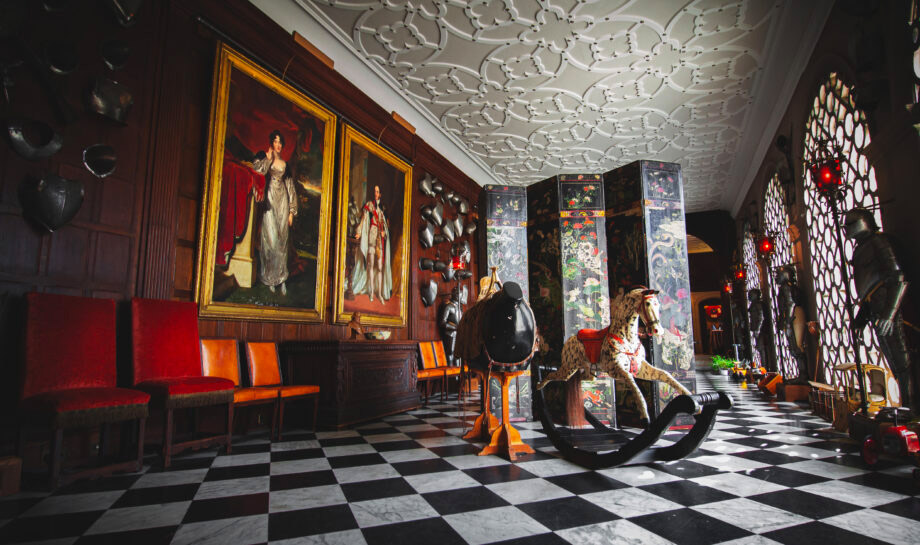
Most of the armour on the walls was purchased by the 2nd Marquess from the Tower of London in the middle of the 19th century. At the west end of the Armoury there are two standing figures in armour, the faces of which are replicas of the death mask of Charles I.
The Armoury houses a fine domestic organ the case of which retains its original decoration by Rowland Bucket, an extraordinarily versatile artist whose painting and gilding on ceilings, walls and furniture did much to brighten the interior of the House when it was first built. He even decorated the salads and meat dishes at Robert Cecil’s funeral. The organ is in regular use and is played to entertain visitors.
To discuss the possibility of hosting your exclusive occasion at Hatfield House, please contact our event team who will be delighted to assist you – 01707 287003


